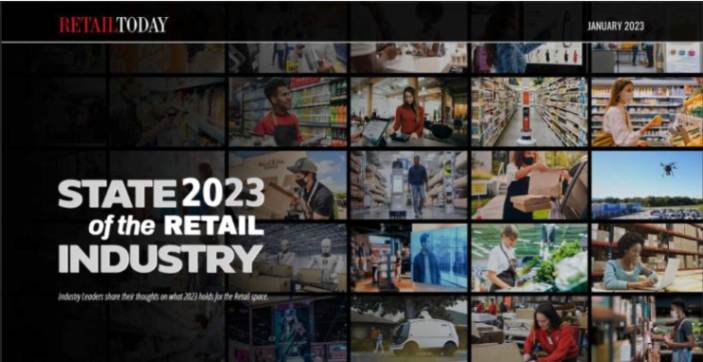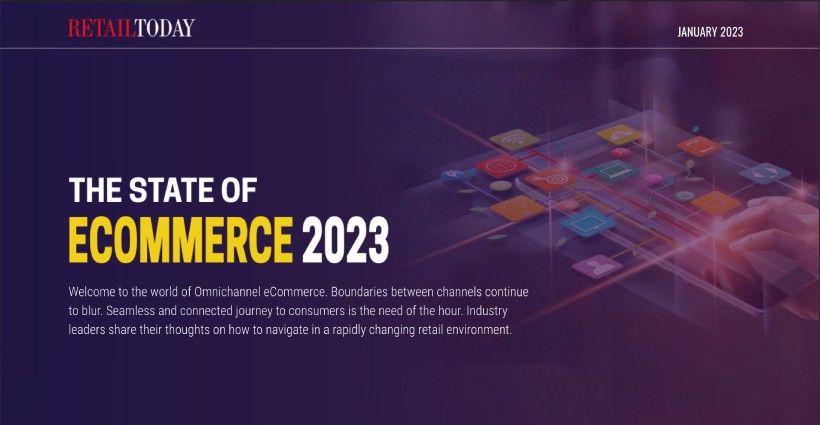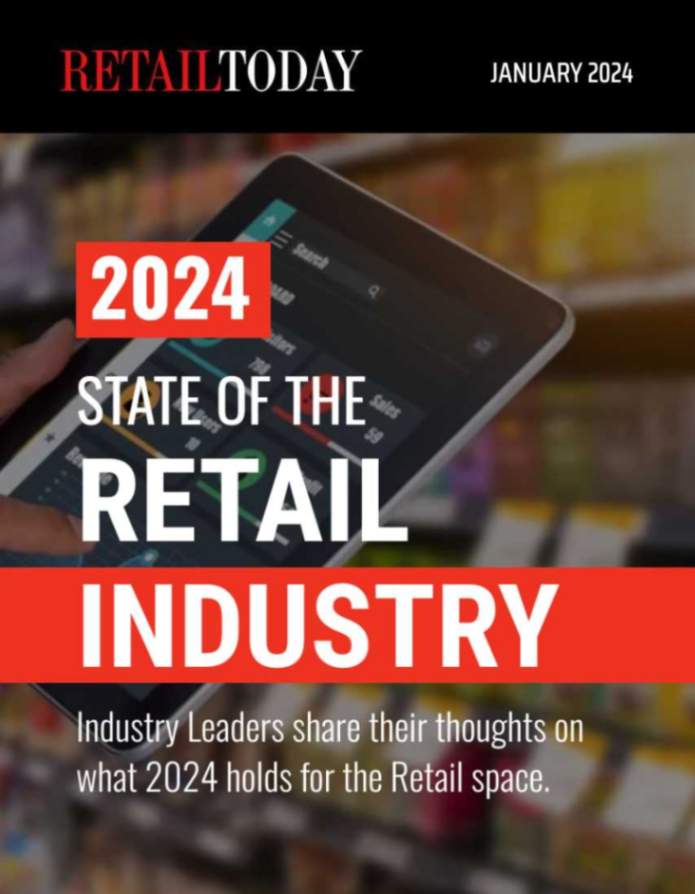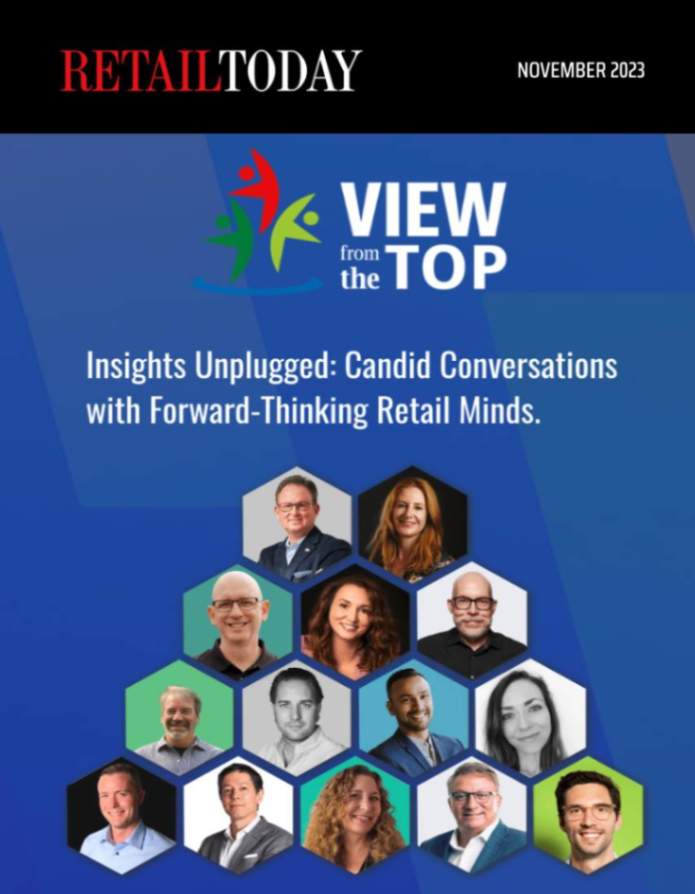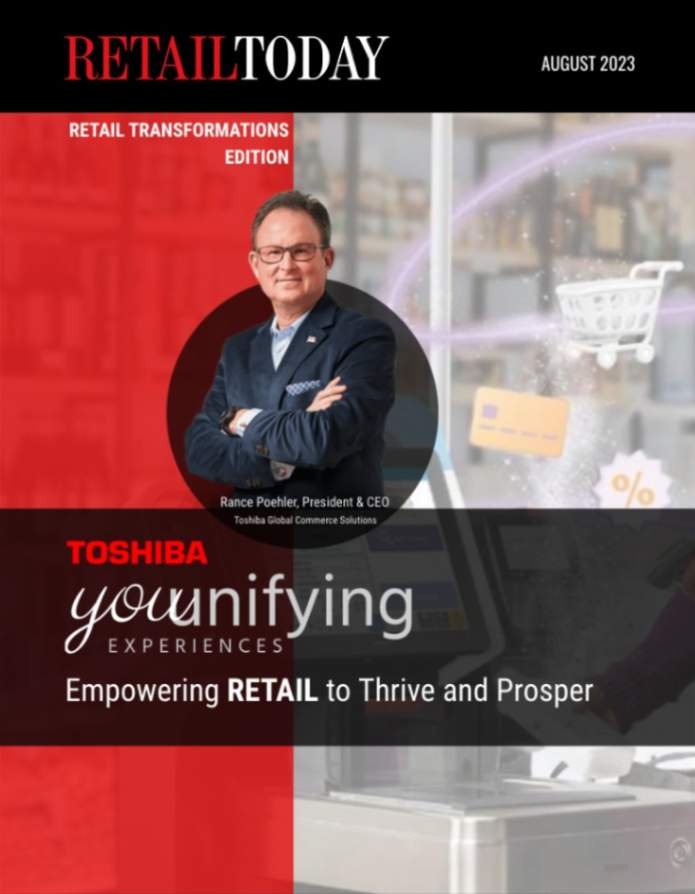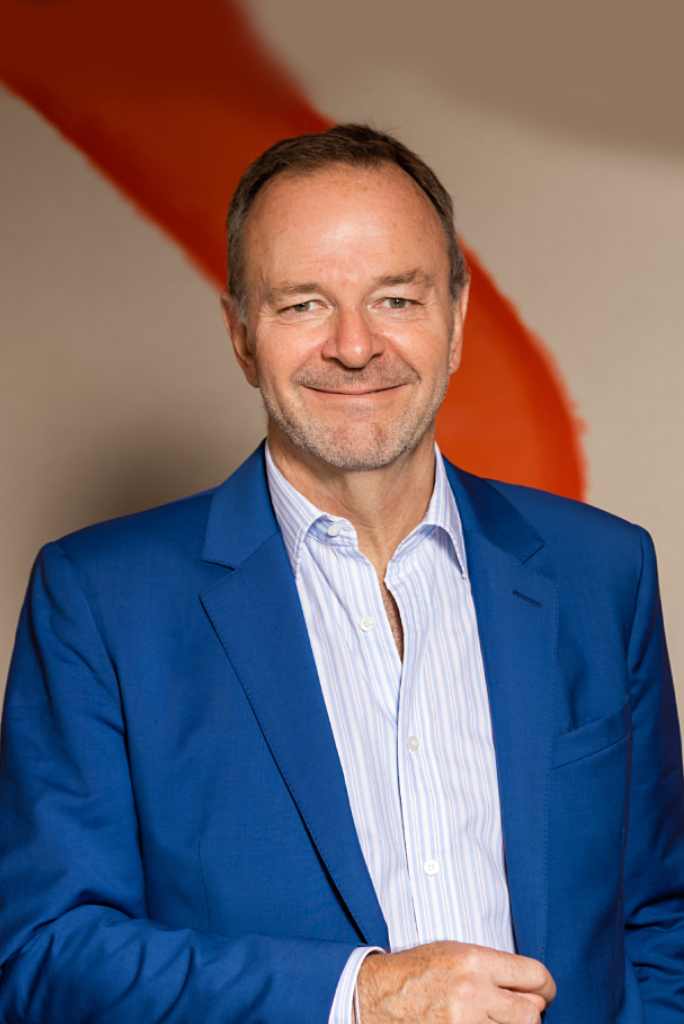
Any article on upcoming trends or a 2023 retail outlook should begin with the economy, as booming prices, especially in grocery, have some retailers on their heels.
Many retailers released profit warnings in their quarterly reports ahead of the holidays, including Target, citing a 90% drop in quarterly earnings. The retailer saw shares decline by 15%, joining others such as Dollar Tree, Best Buy, and Macy’s.
The final USDA Food Price Outlook before the new year reported food-at-home prices were up more than 12% versus a year ago, down slightly from a 13% increase in September 2022. But there’s no sign of these high prices going away soon.
From a retail technology perspective, I believe grocery retailers should, and will be looking for smarter and more efficient ways to reach their customers, ensuring they can personalize every interaction to deepen the relationships with individual customers in order to earn their loyalty.
Getting smarter in 2023
After a full year of consumers increasing their comfort levels and buying more online, retailers are already heading into the year with more data than they’ve ever had before. Done well, businesses can quickly turn this data into insight which is then used to drive every business decision, keeping the customer front and center.
Omnichannel shopping is the new normal, having been accelerated by changes in consumer behavior during the pandemic. This mode of shopping creates more opportunities for data collection which leads to deeper, more comprehensive insights into the shopping journey. In turn, retailers can now use that data and those insights to fuel more effective engagement, communication, personalization, and in-store activation strategies.
We can already see that retailers are no longer ‘dabbling’ with digital engagement, and we expect to see more and more retailers working on how they can further digitize the shopping experience over the coming year. Large chains are expanding dedicated parking spaces for curbside pickup, partnering with multiple delivery platforms, and enhancing how digital can be used while shopping in stores — such as QR codes at the shelf, real-time product recommendations, smart carts, cashier-less shopping technology, or digital touch screens that sync up to a shopper’s account. We expect all of these in-store digital connection tactics to become more commonplace in 2023.
Retailers will also do more to drive digital conversion through marketing tactics that get recommended products in front of shoppers as they move through their individual shopping journeys. To do this well and at scale, retailers will have to harness the power of their advanced analytics and AI/ML capabilities to leverage their insights at the right time and in the right place to effectively influence customer behavior. In an ecommerce setting, this might be a retailer recommending a recipe and associated product bundle for a customer to instantly add to their cart as they build their basket. In the physical store, we anticipate journeys like this being replicated through scan & shop functionality which continues to gain popularity.
Digital engagement tactics will also play a greater role before the grocery trip or online shopping experience, as direct-mail print materials will likely continue to shrink due to high costs and lack of personalization capability. Giant Eagle, for example, will eliminate print ads in January 2023 in the Cleveland area, shifting their marketing to digital where they can better curate the range of products and deals that each customer sees. It is my belief that digitizing the flyer to make it more akin to a personalized newsfeed will be a priority for a number of leading grocers in the year ahead.
The importance of loyalty
Having lived and worked through numerous recessions, I believe that, like in the past, loyalty will become even more important for both retailers and customers during this tumultuous economic period. For retailers, personalization is the most economical way to drive the customer behavior they seek and therefore it will continue to be a top priority going forward.
Retailers who invest in this space will look to communicate with their loyalty members in more ways than simply offering rewards or promotions to save money to deepen the customer relationship. Next-generation loyalty platforms can combine customer data with external data sources such as location, weather and local events which enables retailers to deliver timely, highly relevant, and personalized content in the moment that a single loyalty member is most likely to engage with it.
This could be a unique promotion on an item based on that loyalty member’s diet and purchase history, a personalized recipe to consider for a seasonal event, an update on a rewards milestone within reach, or endless other options that assist members at the exact moment when they’re looking for support.
We call this “Marketing in the Moment,” a model that focuses on improving the shopping experiences of customers in the most relevant ways possible based on where they are, what they’re doing in the moment, and when they’re proven to engage.
In short, 2023 is going to be a year where retailers can fully harness the power of personalization, knowing how their customers shop, when, and in what channels, and finding ways to get the right content in front of them.
Just as the potential of omnichannel shopping has finally been realized in these past 2 years, the potential for data, personalization, and context-enabled marketing in the moment to enhance those experiences can be realized next.
Tim Mason, Chief Executive Officer, Eagle Eye
Tim joined as chairman in January 2016, moving to CEO in September 2016. Tim has over 30 years of experience in the grocery and retail industries and a strong background in strategic marketing and customer loyalty. Previously Tim was a managing director at Sun Capital Partners and is currently a Non-executive Director at Gousto. Before that, he was Deputy CEO at Tesco from January 2010 to December 2012.
He held several other roles within the Tesco Group, including CMO for Tesco and CEO of Fresh & Easy LLC. While at Tesco, Tim was instrumental in creating Clubcard, Express, Personal Finance and Tesco.com. Tim published a book, “Omnichannel Retail – How to build winning stores in a digital world,” which was shortlisted in the Business Book Awards 2020.

